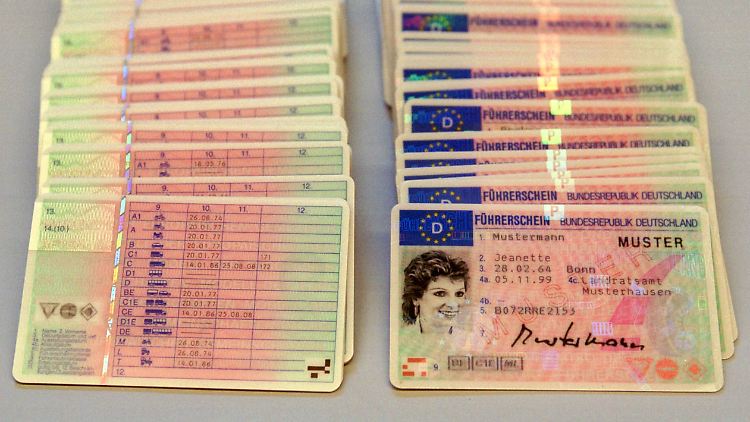The A1 Theory Test: A Comprehensive Guide
The A1 Theory Test is a critical component for striving motorcyclists wishing to acquire their A1 classification motorcycle license. Understanding the test's structure, content, and requirements is important for success. This short article supplies an extensive take a look at the A1 Theory Test, including preparation methods, key subjects, and typically asked questions.
What is the A1 Theory Test?
The A1 Theory Test evaluates a prospect's understanding and understanding of road security, traffic guidelines, and motorbike operation. Candidates generally need to pass the theory test before trying practical riding assessments. The A1 category enables people to ride motorcycles with an engine capacity of as much as 125cc, provided they meet specific age and training requirements.
Structure of the A1 Theory Test
The A1 Theory Test includes two main parts:
- Multiple-Choice Questions: This section includes 50 concerns covering numerous topics related to road safety and bike operation. Prospects should answer at least 43 concerns correctly to pass.
- Danger Perception Test: This part evaluates the rider's capability to recognize developing threats while riding. Candidates view a series of video and should determine hazards as they emerge.
The test is handled a computer, and prospects are allotted a specific duration to finish both areas. It is essential to note that both the multiple-choice and risk perception areas should be passed to receive a certificate.
Key Topics Covered in the A1 Theory Test
The A1 Theory Test encompasses a range of vital topics that every motorcyclist should recognize with, consisting of:
- Traffic Signs and Signals: Understanding the meaning and regulations related to numerous road indications.
- Road Traffic Rules: Knowledge of the laws governing roadway use, such as speed limitations and right-of-way guidelines.
- Motorbike Controls and Operation: Familiarity with bike components and controls, consisting of brake systems, equipments, and lights.
- Rider Safety: Comprehensive knowledge of individual protective devices (PPE) and safe riding practices.
- Managing Risk: Techniques for recognizing and managing prospective threats while riding.
- Ecological Considerations: Understanding the impact of riding on the environment and how to decrease it.
To prosper in the A1 Theory Test, prospects need to thoroughly study these topics.
Research Study Tips for Passing the A1 Theory Test
Getting ready for the A1 Theory Test requires dedication and strategic study techniques. Here are some reliable techniques:
- Use Official Study Materials: The DVSA (Driver and Vehicle Standards Agency) supplies official modification materials, consisting of books and online resources.
- Take Practice Tests: Utilizing practice concerns and mock tests helps familiarize candidates with the content and format of the exam.
- Sign Up With a Riding School: Enrolling in a reputable bike training school frequently includes structured lessons on theory and practical riding.
- Participate in Discussion Groups: Joining online forums or local riding clubs can provide important insight and tips from knowledgeable riders.
- Evaluation the Highway Code: This important resource includes a wealth of details about roadway signs, rules, and safe driving practices.
Getting ready for the Hazard Perception Test
The Hazard Perception Test requires a somewhat various preparation technique. To enhance efficiency in this section:
- Watch Videos of Real Riding Scenarios: Reviewing videos that portray different roadway circumstances will help candidates get used to finding dangers better.
- Practice Clicking for Hazards: During practice sessions, timing when to click to determine risks will enhance the chance of scoring higher in the real test.
- Comprehend the Scoring Mechanism: Knowing how hazards are scored in the test will assist prospects on what to search for during practice.
Table: A1 Theory Test Overview
| Component | Description | Passing Requirement |
|---|---|---|
| Multiple-Choice Questions | 50 concerns covering roadway security and lorry operation | At least 43 proper answers |
| Risk Perception | Determine dangers in video clips | Minimum rating based on danger recognition |
Frequently Asked Questions (FAQs)
1. What is the passing score for the A1 Theory Test?
Prospects must correctly answer a minimum of 43 out of 50 questions in the multiple-choice area and score a minimum in the hazard perception area to pass.
2. Can I take the A1 Theory Test online?
No, the A1 Theory Test is carried out at designated screening centers by means of a computer system.
3. click the next site of time is the A1 Theory Test valid?
When passed, the theory test certificate is generally valid for two years, during which prospects need to complete their practical riding test.
4. Just how much does the A1 Theory Test cost?
The cost varies by location, but it normally ranges from ₤ 23 to ₤ 50. Check with the local screening authority for precise prices.
5. What takes place if I stop working the A1 Theory Test?
Prospects can retake the test as often times as required until they pass, but they should pay the test cost each time.
Successfully passing the A1 Theory Test is a crucial action towards ending up being a qualified and safe motorcyclist. By familiarizing themselves with the test's structure, material, and reliable study techniques, prospects can boost their possibilities of success. As motorbike riding can position particular threats, extensive preparation not just aids in acquiring a license however also adds to a more secure riding experience for all road users.

